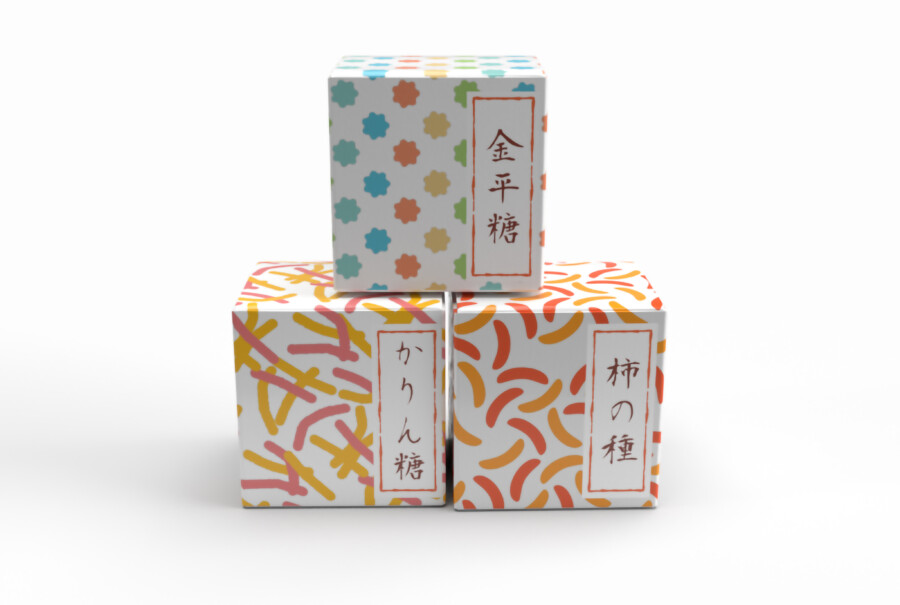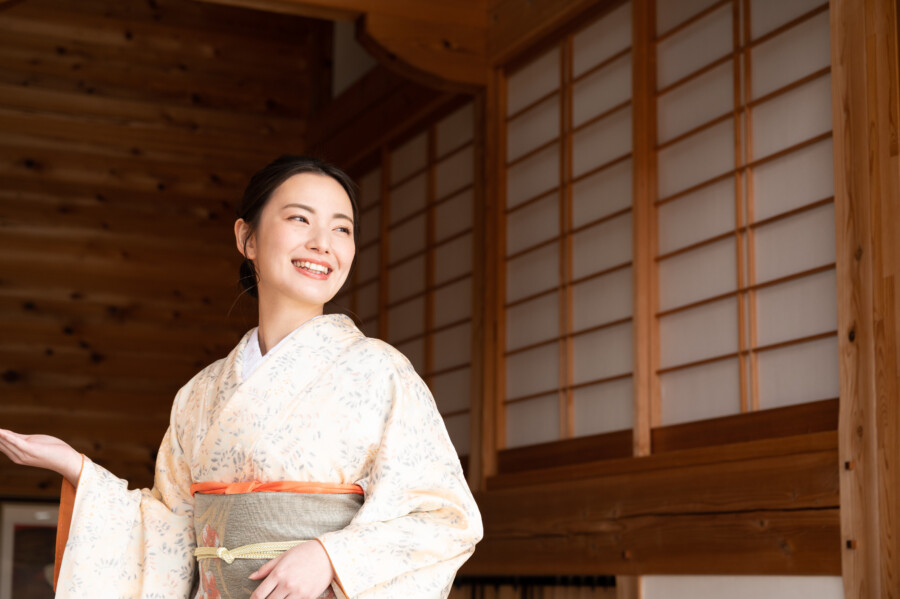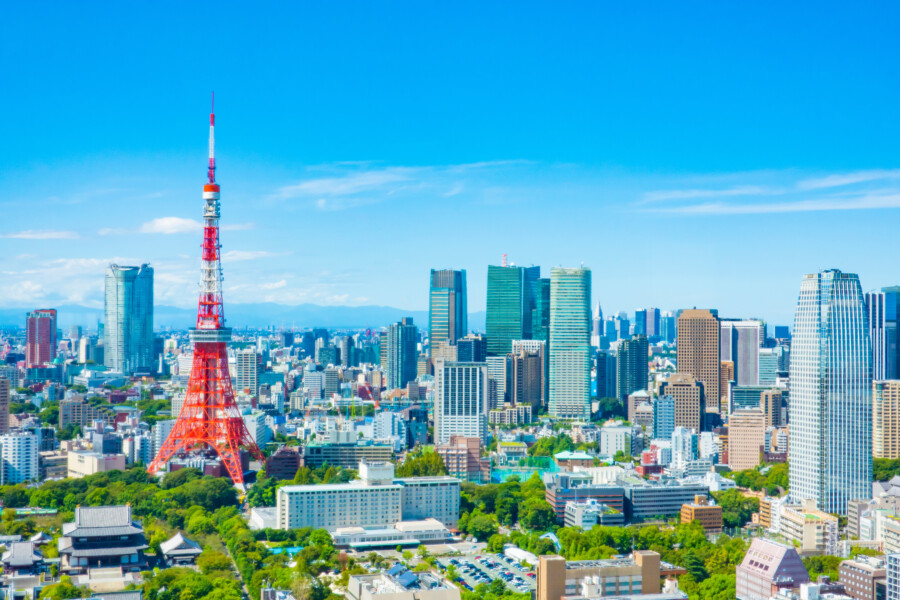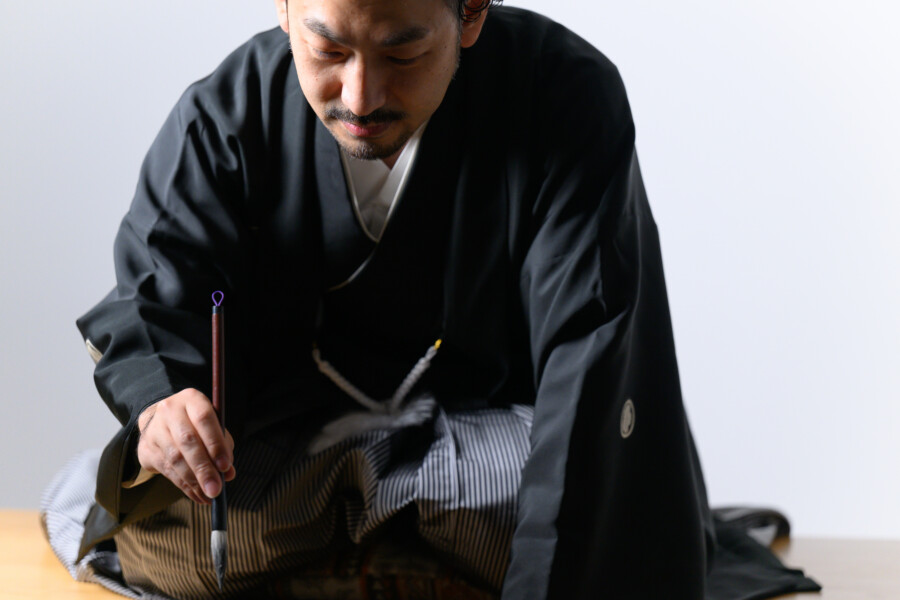
Local Flavors: How Japanese Regional Packaging Designs Tell a Story
Japan is renowned for its meticulous attention to detail, and nowhere is this more evident than in the realm of packaging design. From delicate wrapping papers to artistic labels, Japanese packaging carries far more significance than simply protecting or transporting goods. In many regions across the country, local packaging is a medium for storytelling, weaving elements of history, culture, and craft traditions into a single visual narrative. By showcasing regional pride and culinary heritage, these designs not only entice visitors to bring home something special but also help preserve and share a piece of local identity.
In this blog post, we’ll explore how Japanese regional packaging designs convey unique stories, highlight local customs, and captivate people from all walks of life. We’ll also look at specific examples, discuss the use of color and materials, and consider what the future holds for this art form that continues to evolve while remaining true to its roots.
The Cultural Importance of Packaging in Japan
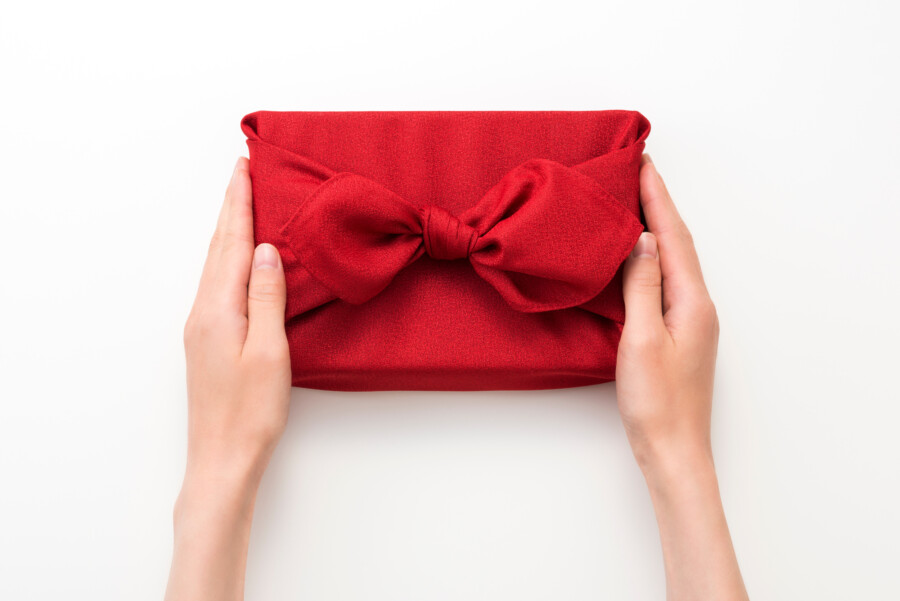
In Japanese culture, the outward presentation of a product often holds as much weight as the product itself. One reason for this emphasis on packaging is the tradition of “omiyage,” or souvenirs. When people travel to different parts of Japan, they typically bring back gifts to share with family, friends, or coworkers. These souvenirs often take the shape of local snacks or sweets wrapped in eye-catching designs that reflect the history and spirit of the region.
Beyond omiyage culture, respect and hospitality are deeply ingrained in Japanese society. Presenting an item in a carefully designed package is seen as a gesture of thoughtfulness, reflecting an understanding of both the giver and the recipient. As a result, it’s common to find regional specialty goods packaged with exquisite attention to detail—from the thickness of the paper and ribbon choice to the subtle motifs and color schemes that hint at the area’s geography or folklore.
Representing Local Heritage

Regional packaging in Japan frequently incorporates symbolic references to natural landscapes, local legends, and historical landmarks. For example, a confectionery from Hiroshima might feature bright yellow lemons and imagery of the Seto Inland Sea, paying homage to the region’s renowned citrus production and scenic coastlines. Similarly, a sake brand from Niigata may showcase images of rice fields or snow-capped mountains, emphasizing the area’s abundant snowfall that contributes to the high-quality rice used in fermentation.
In many cases, the inclusion of such regional elements is more than a branding strategy; it is a testament to local pride and a means of preserving cultural memory. Packaging can act as an engaging storyteller, passing down tales of how certain foods came to be or the historical significance behind a region’s iconic landmarks. As a result, even after the product itself is consumed, the packaging can remain a keepsake or decorative piece that continues to evoke the essence of the region it represents.
Color, Patterns, and Materials
Japanese regional packaging is known for its thoughtful use of color, patterns, and materials. Rather than relying solely on bold graphics, many designs incorporate subtle touches that capture the local ambiance. A region famous for its cherry blossoms may use delicate shades of pink and white, while one known for indigo dyeing might feature deep, vibrant blues. These color palettes are often chosen not just for aesthetic appeal but also for their cultural or historical relevance.
Patterns also play a significant role. Traditional Japanese motifs—such as waves (seigaiha), hemp leaves (asanoha), or arrow feathers (yagasuri)—may appear on wrappers or boxes, lending a sense of continuity between past and present. Additionally, certain materials are used to reinforce a product’s regional identity. For instance, packaging might be crafted from locally produced washi (Japanese paper), or adorned with elements of bamboo or wood harvested from nearby forests. This thoughtful selection of materials creates a tactile experience that enhances the storytelling aspect of the design.
Collaboration with Local Artists and Designers
Regional packaging is often the result of collaboration between producers and local artists or designers. These creative partnerships merge time-honored craftsmanship with contemporary aesthetics, breathing new life into traditional elements. Take, for instance, a small family-run bakery that teams up with a young illustrator from the area. By blending the bakery’s generations-old recipes with playful, modern artwork, they create a product that not only tastes delicious but also stands out on the shelf.
In other cases, established artisans might lend their expertise to ensure authenticity, such as calligraphers who design product logos or potters who create custom ceramic containers. These collaborations can spark excitement and interest, encouraging consumers to discover more about the region and its artistic heritage. Furthermore, by involving local communities in the design process, these packages become a means of civic pride and economic support for small businesses.
Memorable Examples of Regional Packaging

It’s hard to discuss Japanese regional packaging without mentioning the famous “Shiroi Koibito” cookies from Hokkaido. The instantly recognizable sky-blue box adorned with snowflakes and the romantic silhouette of two lovers reflects the snowy landscapes of Japan’s northernmost island. Another popular example is Miyajima’s maple-leaf-shaped “Momiji Manju,” where the packaging showcases the iconic maple leaves of the region, connecting the treat to Hiroshima’s picturesque island of Miyajima.
Further south, in Kumamoto, the beloved mascot “Kumamon” graces everything from snacks to sake labels. While straightforward in its approach, it effectively communicates the playful spirit of the prefecture and has become a beloved icon throughout Japan. These examples demonstrate how packaging can be both visually appealing and culturally informative, fostering strong brand recognition and deeper connections to place.
The Future of Regional Packaging: A Blend of Tradition and Innovation
As technology advances and consumer preferences shift, Japanese regional packaging is poised to adapt. Eco-consciousness is increasingly influencing packaging decisions, leading to more sustainable materials and reduced waste. While traditional design elements remain crucial, brands and designers are exploring new techniques—from biodegradable wrappers to digital elements like QR codes that direct consumers to interactive content about the region.
At the same time, there is a renewed appreciation for craftsmanship and authenticity. Many consumers, particularly younger generations, are seeking out products that tell a genuine story about the place they come from. This has sparked a renaissance in traditional art forms, as designers revisit old techniques to create modern yet historically grounded packaging. The result is a dynamic interplay between the past and the future, ensuring that the legacy of regional packaging design continues to evolve without losing its cherished roots.
Conclusion
Local packaging design in Japan is a vibrant tapestry of history, art, and community identity. Whether it’s a box of sweets embellished with regional motifs or a sake bottle bearing calligraphic art, each package tells a story that resonates beyond the product itself. Through color, materials, collaboration, and cultural symbolism, these designs celebrate the spirit of a place and invite people to experience it firsthand—even if only through a small souvenir.
By embracing both tradition and innovation, Japanese regional packaging remains an enduring showcase of how design can bridge past and present, connect producers and consumers, and preserve local customs for generations to come. The next time you find yourself in Japan, take a moment to explore the local shops and souvenir stands. You might discover that the magic lies not just in the flavors you taste, but in the stories each package carries with it.




